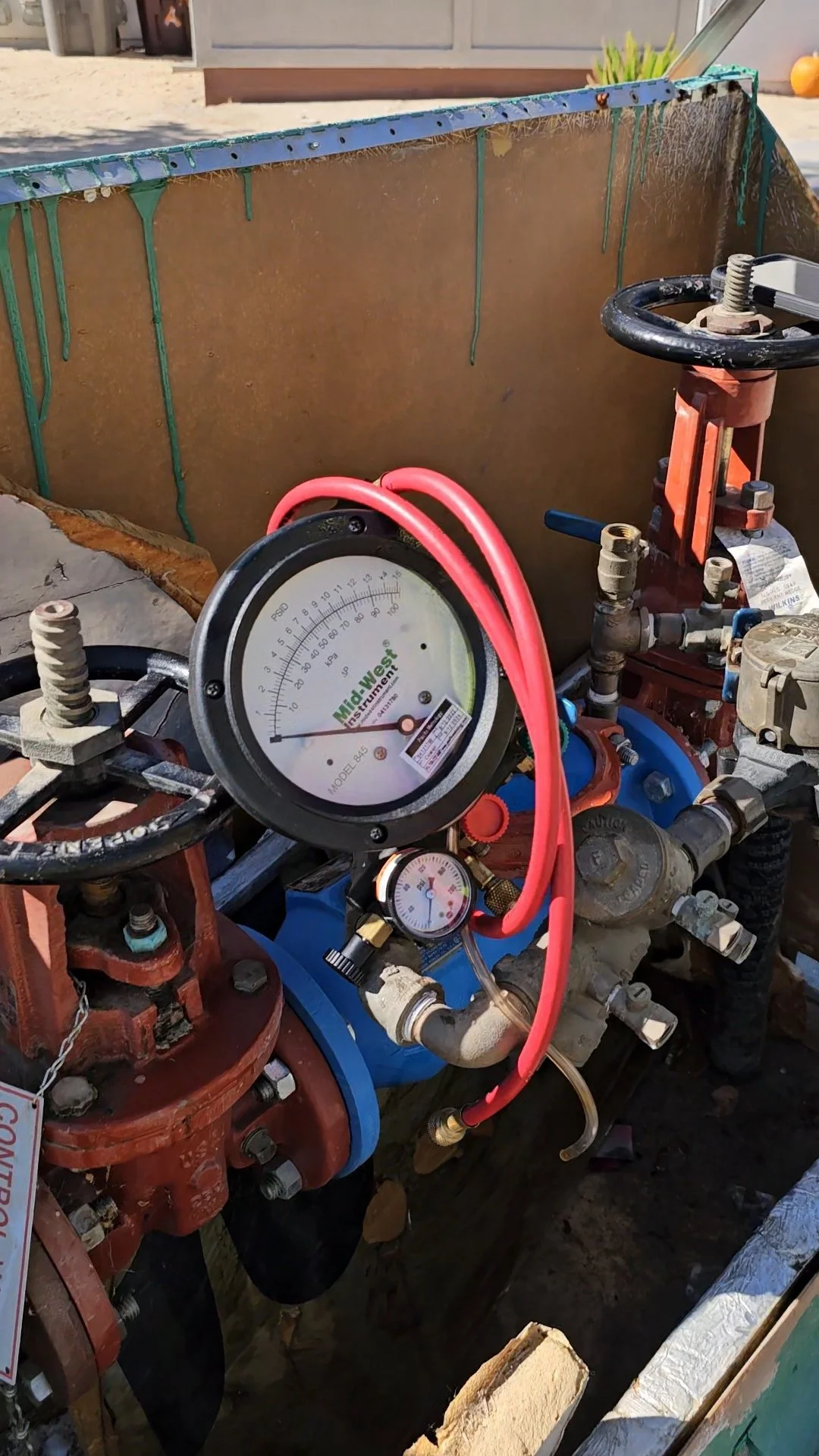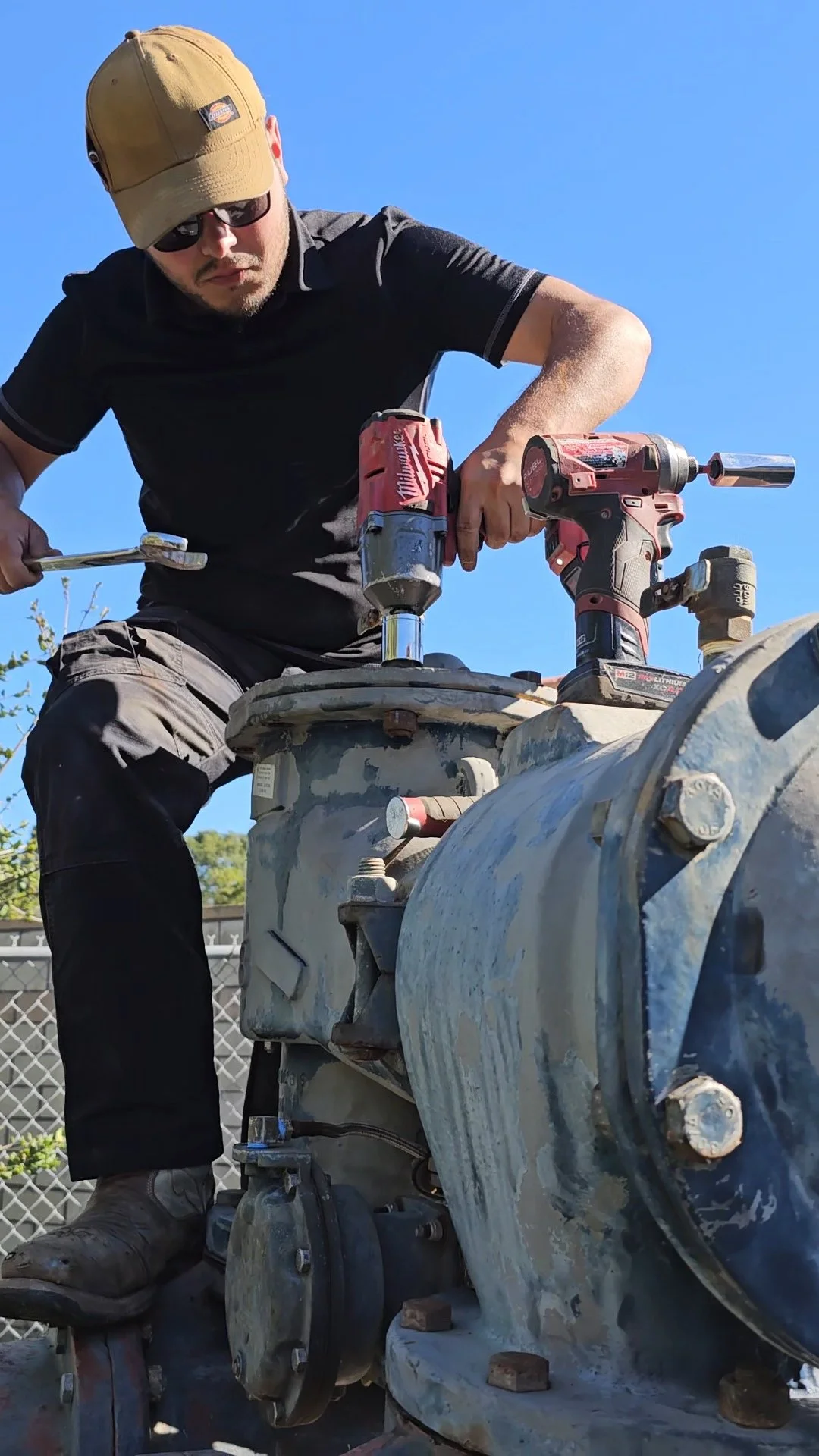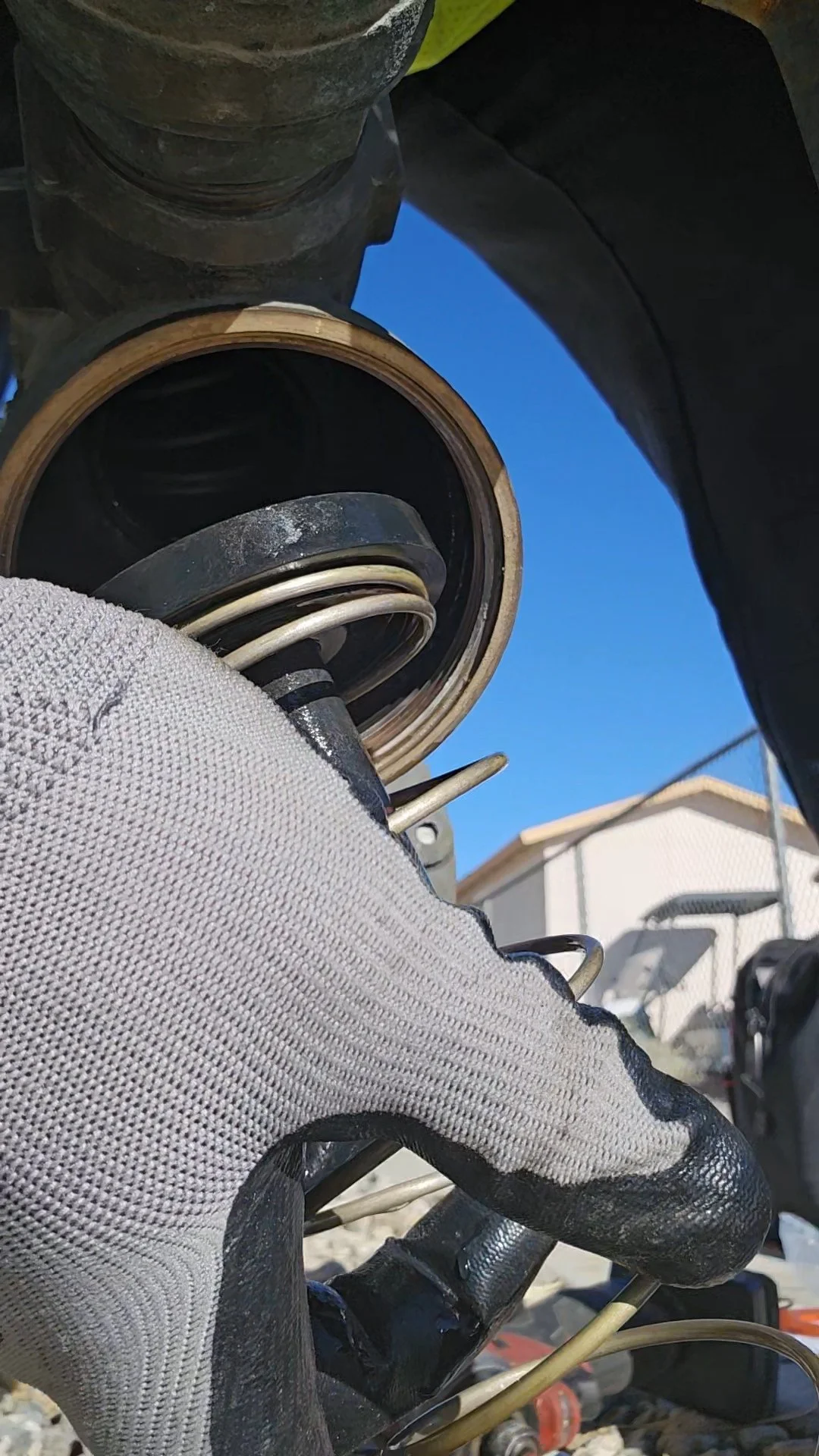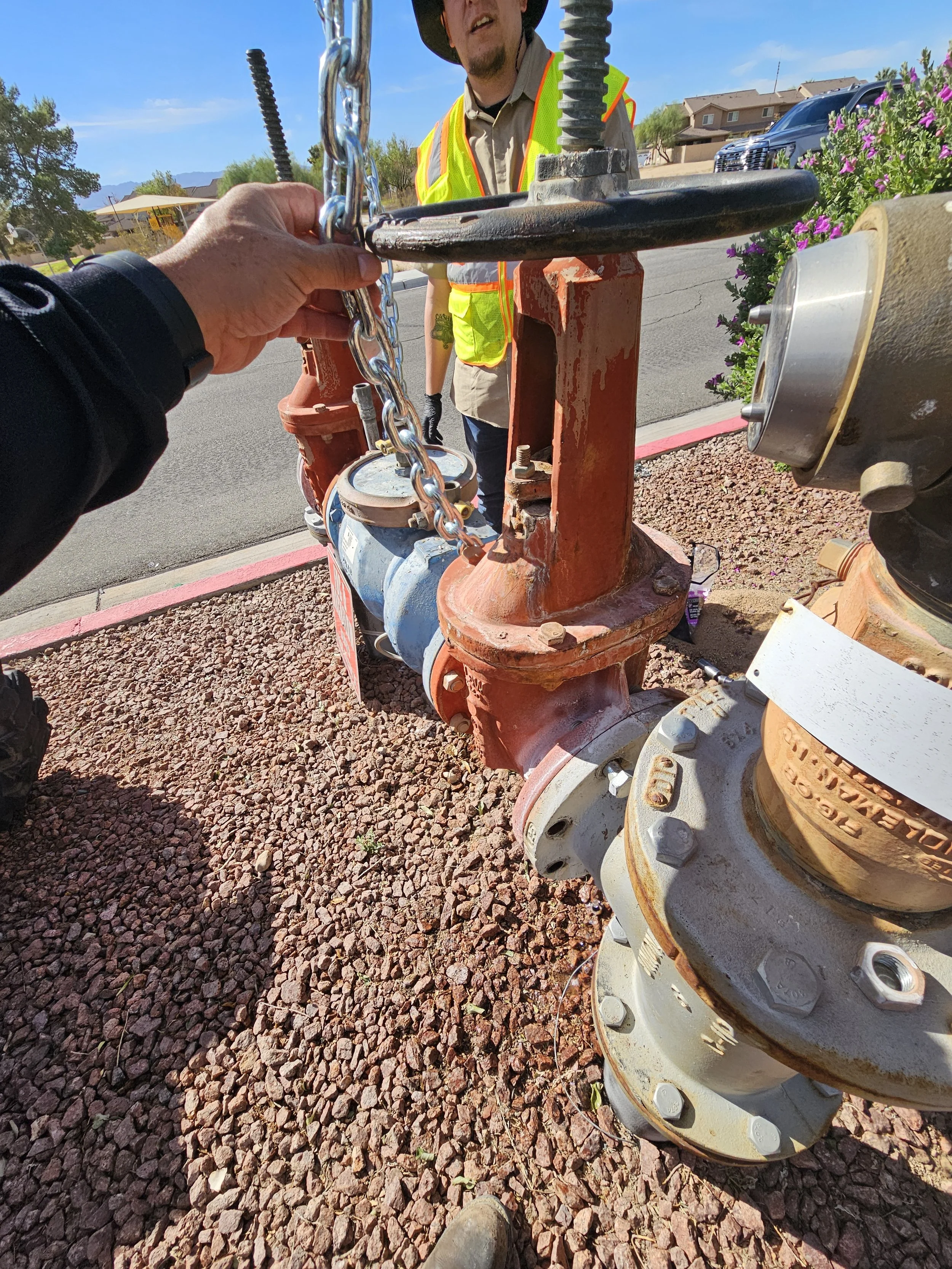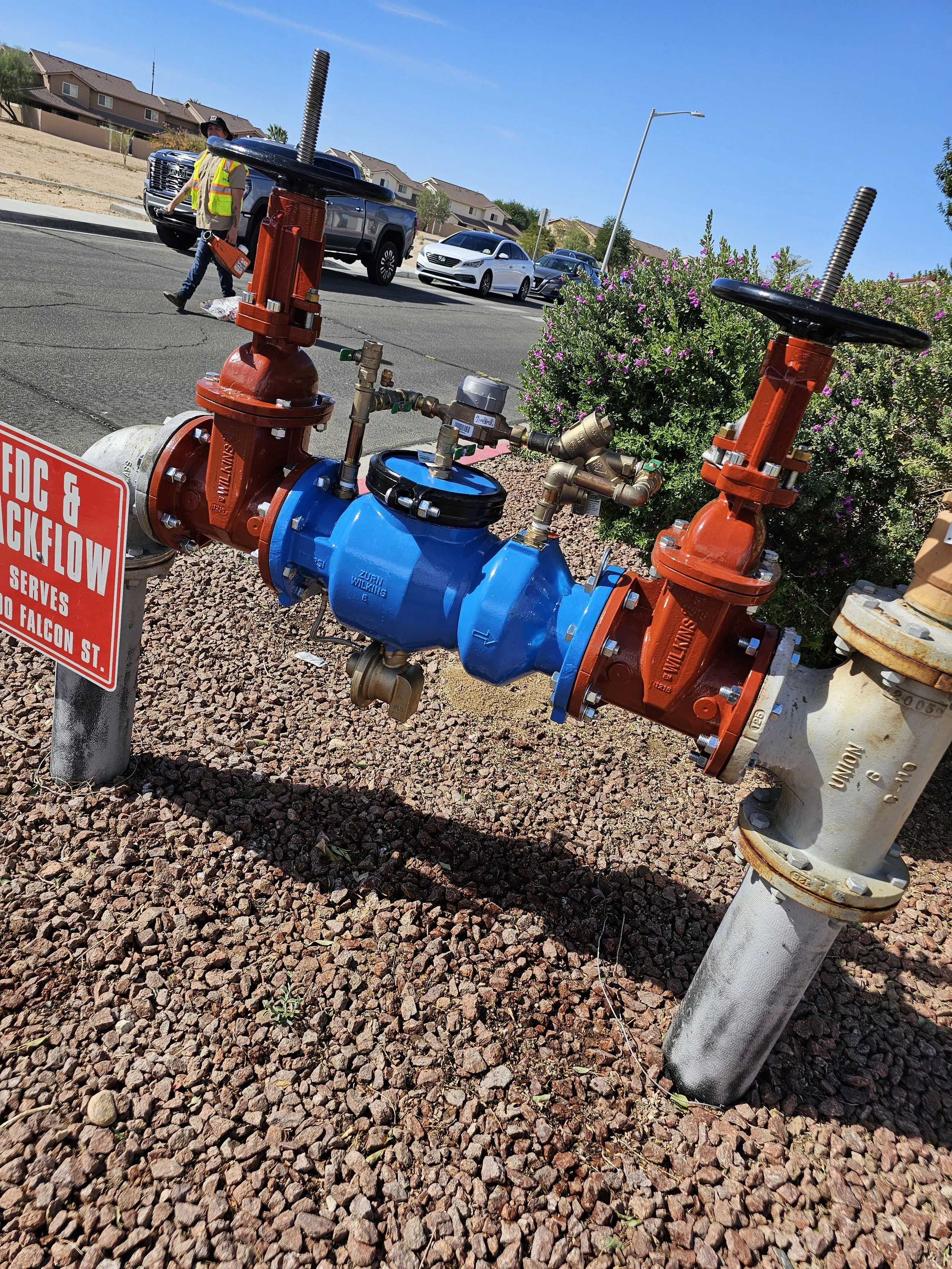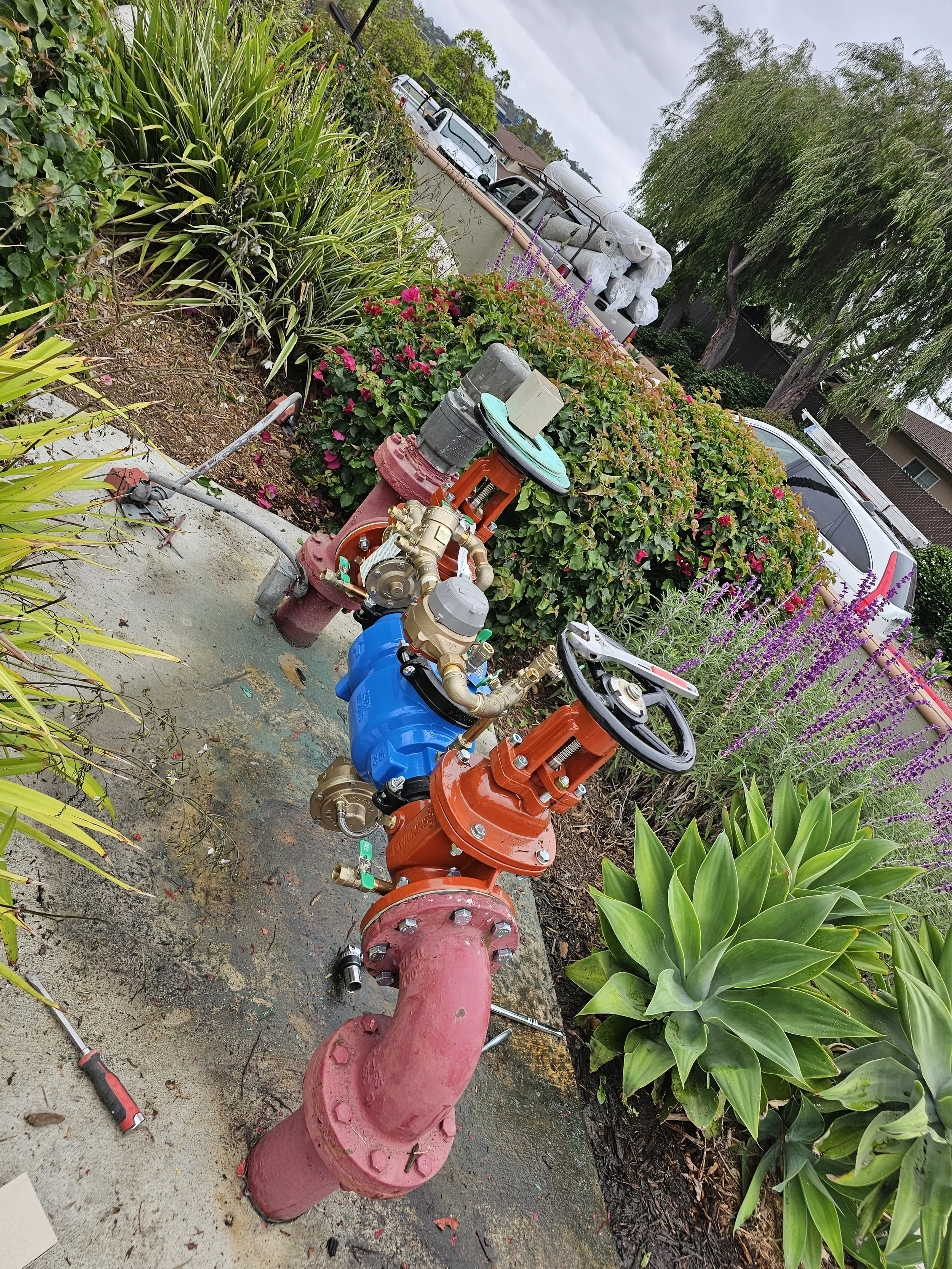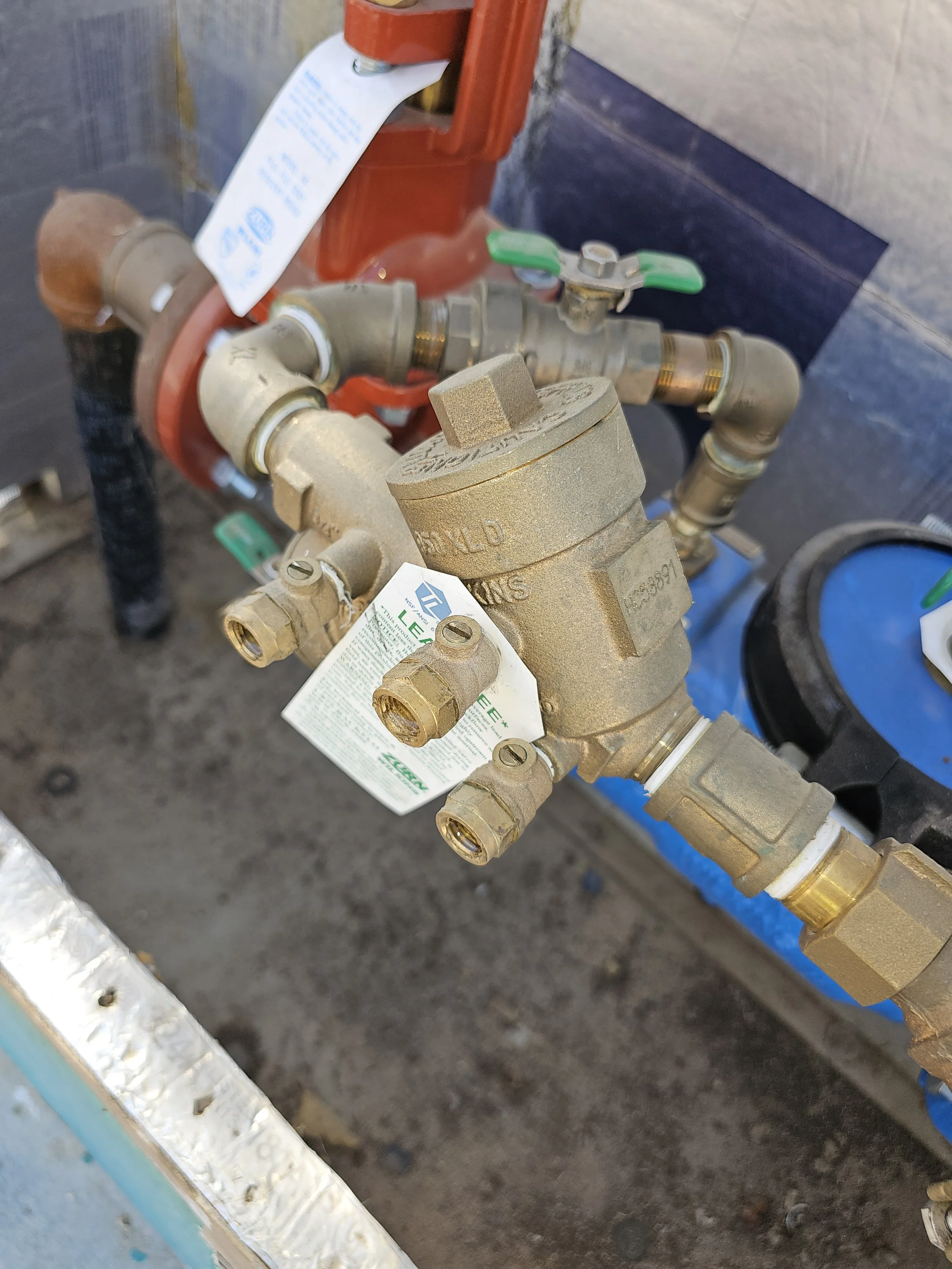Backflow Prevention: Protecting Your Water Supply from Contamination
Clean, safe drinking water is essential for your home or business—but without proper backflow prevention, your water supply could become contaminated by harmful chemicals, sewage, or bacteria. A backflow preventer is a critical device that ensures water flows in only one direction, keeping pollutants out of your clean water lines.
What Is Backflow & Why Is It Dangerous?
Backflow occurs when water reverses direction due to:
Backpressure (from boilers, pumps, or elevated plumbing systems)
Back-siphonage (from a sudden drop in water pressure, like during a water main break)
When backflow happens, contaminated water from:
🚫 Sprinkler systems (fertilizers, pesticides, animal waste)
🚫 Industrial equipment (chemicals, cleaning agents)
🚫 Swimming pools & hot tubs (chlorine, bacteria)
🚫 Sewer lines (human waste, pathogens)
...can flow back into your drinking water, posing serious health risks.
How a Backflow Preventer Works
A backflow prevention device acts as a one-way gate, allowing water to flow into your property but blocking reverse flow. Common types include:
1. Reduced Pressure Zone (RPZ) Assembly
Most secure option for high-risk applications
Uses two check valves + a relief valve to block backflow
Required for commercial buildings, irrigation systems, and medical facilities
2. Double Check Valve Assembly (DCVA)
Two spring-loaded check valves prevent reverse flow
Used for moderate-risk systems (fire sprinklers, multi-story buildings)
3. Pressure Vacuum Breaker (PVB)
Prevents back-siphonage in irrigation systems
Must be installed above ground
4. Atmospheric Vacuum Breaker (AVB)
Simple, cost-effective for low-risk applications
Common in outdoor faucets and hose bibs
Why Is a Backflow Preventer Required?
✔ Health & Safety – Prevents toxins and bacteria from entering drinking water
✔ Legal Compliance – Most local plumbing codes mandate backflow prevention
✔ Insurance & Liability – Reduces risk of lawsuits from water contamination
✔ Utility Requirements – Many water suppliers require annual backflow testing
Signs You Need Backflow Testing or Repair
⚠ Discolored or foul-smelling water
⚠ Reduced water pressure (could indicate a malfunctioning valve)
⚠ Failed annual inspection (devices degrade over time)
⚠ Recent plumbing work or water main breaks (can disrupt pressure)
Backflow Prevention Maintenance
Annual testing by a certified plumber (required by law in most areas)
Replacement every 5-10 years (depending on wear and water quality)
Immediate repairs if leaks or valve failures are detected
Is Your Property Protected?
🏠 Homes with irrigation systems, pools, or boiler systems need backflow prevention
🏢 Businesses (especially restaurants, medical facilities, and industrial sites) require high-grade devices
🔧 Our certified plumbers install, test, and repair all types of backflow preventers to keep your water safe.
📞 Contact Us Today for backflow testing, installation, or emergency service!
